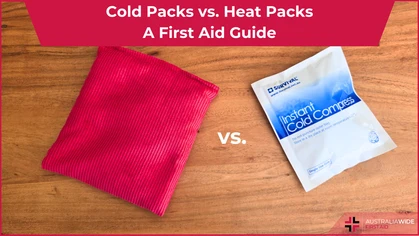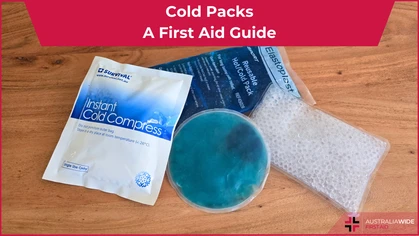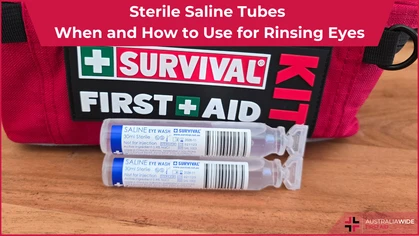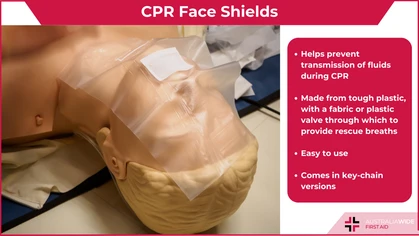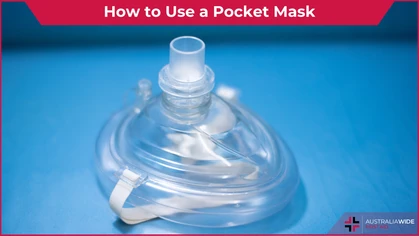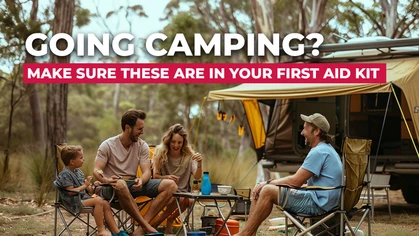How and When to Use a Heat Pack

First Aid Equipment
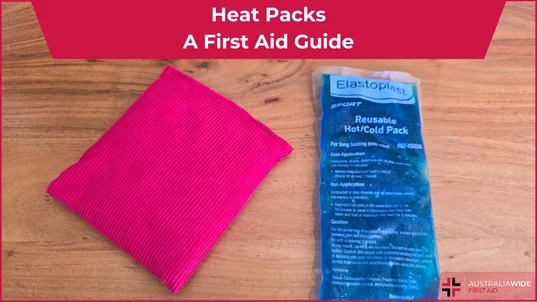 Heat packs are a valuable tool in first aid for treating a variety of conditions, particularly those involving chronic pain, muscle tension, and joint stiffness. Proper use of heat therapy can enhance recovery and provide significant pain relief. This guide outlines how and when to use a heat pack effectively.
Heat packs are a valuable tool in first aid for treating a variety of conditions, particularly those involving chronic pain, muscle tension, and joint stiffness. Proper use of heat therapy can enhance recovery and provide significant pain relief. This guide outlines how and when to use a heat pack effectively.
What is a Heat Pack
A heat pack is a device designed to transmit heat into the body. They can come in a number of different forms, such as wheat bags, gel packs, electric heating pads, and chemical heating pads. You can even use a hot water bottle as a heat pack for injuries. Each type has its own preparation method, but all essentially work the same way – producing heat that your body can absorb.How do Heat Packs Work
When your body absorbs heat from the heat pack, your blood vessels dilate (become wider). This increases the flow of blood to the area, bringing with it more nutrients and oxygen. Those nutrients and oxygen contribute to healing. Heat alone will not heal an injury, but it may help speed the process while providing relief. Heat also acts to reduce muscle and joint stiffness, and increase mobility of affected areas by increasing the muscle and joint temperature. This can reduce muscle tension and help to relax any knots. Pain relief is achieved by calming irritated nerves, which can also bring stress relief.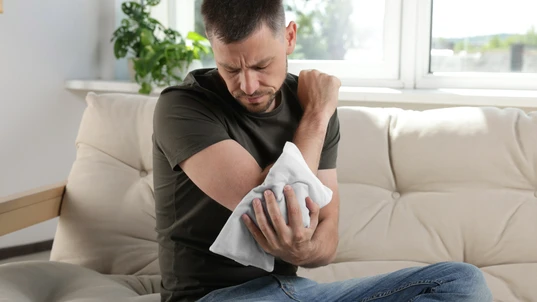
When to Use a Heat Pack
Chronic Injuries Heat packs are particularly beneficial for chronic injuries or conditions such as arthritis, chronic muscle pain, and long-term joint stiffness. The heat promotes blood flow to the affected area, aiding in healing and relaxation. Muscle Soreness and Tension For muscle soreness or tension resulting from overexertion or stress, heat packs can help soothe and relax the muscles. This is especially helpful after physical activity, prolonged periods of sitting, or repetitive movements. Stiff Joints Heat therapy is effective in improving flexibility and range of motion in stiff joints. This is useful for conditions like osteoarthritis or for warming up stiff muscles and joints before exercise. Menstrual Cramps Applying a heat pack to the lower abdomen can alleviate menstrual cramps by relaxing the muscles of the uterus and improving blood flow to the area, thus reducing pain. Back Pain Chronic lower back pain can often be alleviated with heat therapy, as the heat relaxes the muscles and reduces spasms.How to Use a Heat Pack
Prepare the Heat Pack You can make a heat pack by filling a sock with uncooked rice and microwaving it for 1-2 minutes. If using a commercial microwaveable heat pack, follow the manufacturer’s instructions for heating. If using an electric heat pad, turn it on and allow it to come to temperature. Ensure the heat pack is warm, not hot, to avoid burns. Protect the Skin Always use a cloth or towel as a barrier between the heat pack and the skin to prevent burns. Check the skin frequently for signs of redness or irritation. Apply the Heat Pack Place the heat pack on the affected area. Leave it on for 15-20 minutes at a time. Prolonged exposure to heat can cause burns or skin damage. Monitor the Area Pay attention to any discomfort or adverse reactions. If the heat pack feels too hot or if there is any burning sensation, remove it immediately. Combine with Other Treatments Gentle stretching exercises can be performed after heat therapy to enhance flexibility. Massage the area after applying heat to further relax muscles and improve circulation.
Key Considerations
- Timing - Heat therapy is most effective when used for chronic conditions, muscle soreness, and tension. Avoid using heat on acute injuries (those that are recent and have inflammation or swelling) as it can exacerbate the condition.
- Frequency - Apply the heat pack for 15-20 minutes at a time, several times a day if needed. Ensure there is enough time between sessions to prevent overheating the tissues.
- Safety - Always use a barrier between the heat pack and the skin to prevent burns. Never fall asleep with a heat pack on, and ensure that the heat pack is not too hot before application.
- Hydration - Heat therapy can cause sweating, so it’s important to stay hydrated.
- Medical Advice - Consult a healthcare professional if you are unsure about the suitability of heat therapy for your condition, or if the pain persists despite treatment.
Conclusion
Heat packs are an essential tool in first aid for managing chronic pain, muscle soreness, and joint stiffness. Proper application and timing can significantly enhance their effectiveness and prevent potential complications like burns. By understanding how and when to use a heat pack, you can effectively manage various conditions, promote relaxation, and support the healing process.
Originally published at
https://www.australiawidefirstaid.com.au/resources/how-and-when-to-use-a-heat-pack
as part of the Australia Wide First Aid Articles Library
